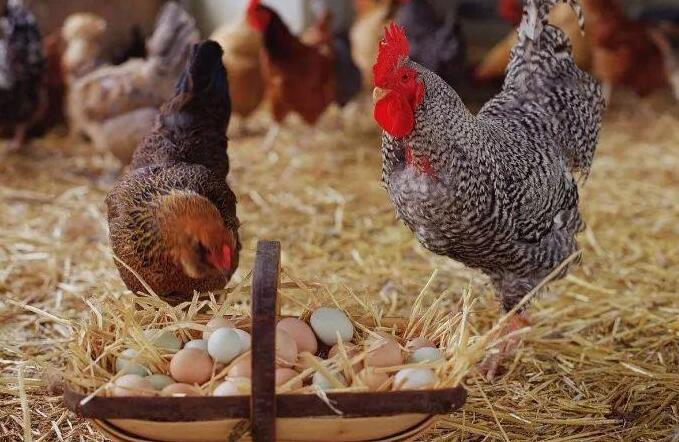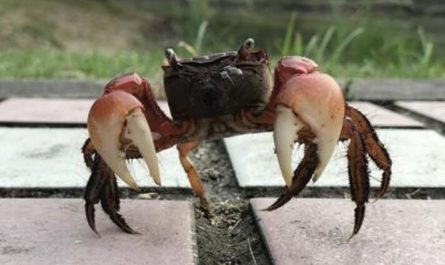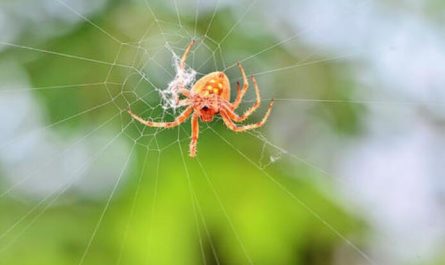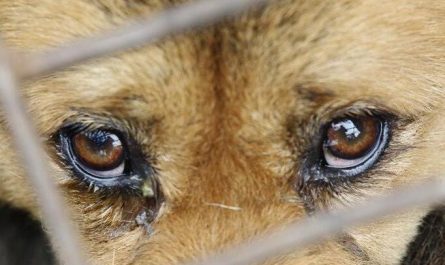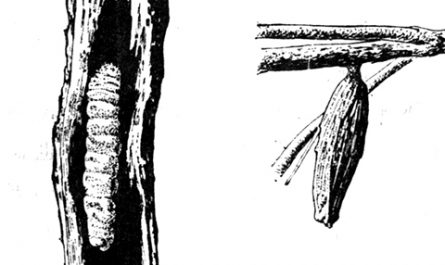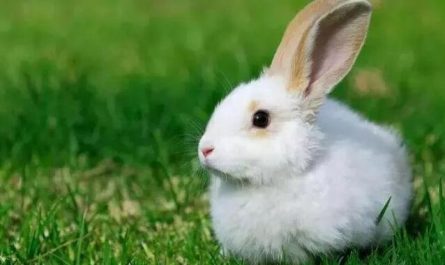The reason why chickens eat stones
Chickens, like other birds, have no teeth. They need hard things to help them grind up food during the process of digesting food. When people kill chickens, after cutting open the chicken’s belly, they will find the gizzard or “gizzard” inside, which is where the chicken stores the rocks. The chicken gizzard is extremely tough, and there is a yellow and tough wrinkled skin on its inner wall. When the food enters the chicken gizzards, they are mixed with the pebbles. In the chicken gizzards, the sand and the food are repeatedly rubbed, and the food is gradually grinded and becomes easy to digest.
How to breed chickens
Reproductive system
The reproductive system of chickens is different from that of viviparous mammals. The testicles and epididymis of the rooster are in the abdominal cavity, the mating organs are degenerated reproductive protrusions, and the sperm head is a long cone. Sperm can survive in the sperm gland in the hen’s fallopian tube for up to 24 days and has the ability to be fertilized.
The hen can ovulate every 25 hours or so. Only the left ovary and fallopian tube develop. After the fertilized egg is discharged from the hen’s body, the development will be suspended if it does not reach the incubation threshold (24°C).
(1) Rooster’s reproductive system
The reproductive system of a rooster is composed of testicles, epididymis, vas deferens and intercourse organs. The most important thing for artificial insemination personnel to understand is the structure of the coitus of the rooster.
Roosters do not have a penis like mammals, but have a copula consisting of four parts: nipple, gland, penis and lymphfold. The coitus is located on the ventral side of the cloaca and is usually hidden in the cloaca. During sexual excitement, the glands, penis, and lymphatic vessels in the lymphatic folds are connected to each other, the lymphatic folds are erected, and lymphatic fluid flows into the penis to make it swell, and a deepened longitudinal groove is formed at the midline, and the midline penis is located at the front of the midline. (Central white body) is also protruding straight ahead due to the inflow of lymph fluid. At this time, the entire penis is pushed out from the ventral side of the anus and inserted into the cloaca of the hen. The median body of the penis is a round protrusion.
(2) The hen’s reproductive system The hen’s reproductive system is composed of the ovary and fallopian tube, usually only the left ovary and fallopian tube are fully developed and have reproductive functions. The fallopian tube is composed of trumpet, enlarged, isthmus, uterine, and vagina. The hen’s external genitalia, vaginal opening, fecal opening, and urination opening open in the anus together, called cloaca.
The structure of the reproductive system of chickens is different from that of mammals. The sexual organs of roosters and hens are not obvious and evasive. Therefore, we should be familiar with its structure to lay the foundation for the actual operation of artificial insemination.
Fertilization process
When the chickens mate, the hens squat or squat completely, with their wings propped up to the left and right, as if they were raising their shoulders at the same time. After that, the cock’s feet stepped on the hen’s back from behind, and then bit the hen’s comb or the feathers on the hen’s head with a firm beak. His wings flapped to the left and right to keep his balance and his buttocks closer together. This posture is called “stepping and mating”! After that, the sperm of the rooster enters the hen’s body and fertilizes the egg (the shape before the egg) in the hen’s body. Only the ‘fertilized egg’ can hatch the chick. To check if the egg is fertilized, you can point the egg to the light bulb. If a small circle of shadow appears on the side of the egg (that is, the side where the shelled boiled egg is eaten to knock out the stomata), it means the egg has been fertilized and there is no shadow You cannot hatch chicks.
Regardless of natural mating or artificial insemination, sperm will quickly move up the fallopian tube and reach the spermatic fossa of the horn. If there is no egg in the fallopian tube after mating (or artificial insemination), it only takes about 30 minutes for sperm to reach the horn. When the egg enters the horn, usually 3-4 sperm will enter the ovule area on the yolk surface after about 15 minutes, but only one sperm can combine with the egg cell to be fertilized. In fact, the number of sperm that a cock can ejaculate in one mating is generally between 1.5-8 billion, and a large number of sperm are sacrificed during the journey. According to a large number of experiments, the number of sperm is not less than 100 million, which can also achieve a good fertilization rate. It is based on this that artificial insemination improves the utilization rate of breeding males. When new and old sperm coexist in the horn, the vitality of the new sperm is greater than that of the old sperm, and the chance of fertilization is more than that of the old sperm.. So the highest fertilization rate usually appears on the third day after mating.
Precautions for raising chickens
1. Do not cut the beak when the flock is under stress. For example, if the flock has just been vaccinated or the flock has suffered disease, it must wait until the flock is back to normal; because beak cutting itself is a big stress to the flock.
2. Add multivitamin and glucose to the drinking water 1 to 2 days before cutting the beak to withstand other stresses. Do not feed sulfa drugs for two days before and after cutting the beak (which will prolong bleeding), and add vitamin K to the water (add 2 mg per kilogram of water). After the beak is cut off, add more feed to the trough to reduce the pain of pecking.
3. Time for beak cutting: Broiler: The best weight for beak cutting is 85~92g, at this time it is about 6~7 days old, it is convenient to hold, and the physique of the chick is strong, and the brain is basically not afraid of fixing the thumb when the beak is broken Pressure on the head works best. On the contrary, if the chick is too large, it is difficult to stop bleeding, the operation is difficult, the work is slow, and the emergency is large; the chick is too small, and the health status is poor, which is likely to cause high deaths.
Grass chicken: Beak cutting time is 10~15 days old, at this time cutting beak will not cause a strong stress response. Grass chickens are small in size and cannot be cut prematurely. Generally, they only cut their beak once in a feeding cycle. Because grass chickens usually adopt open breeding during the rearing period, they often feed vegetables and grass, and require a certain length of beak. Therefore, the beak is scalded for 11 days, and the tip of the beak is scalded. The advantage is that the pecking has improved, and the mouth shape has not changed much. If you don’t look carefully, it will not affect the sale.
4. Do not cut the beak during high temperature and vaccination (morning and evening can be selected in summer) to avoid the stress of weight gain.
5. When cutting the beak, an experienced breeder is required to cut the beak to prevent unevenness. When cutting the beak, pay attention to the concentration of the force, the movement is sensitive, and the length of the cut is appropriate. The temperature of the beak cutter blade should be controlled well. If the temperature is too low, the beak will bleed after cutting.
6. The method of cutting beak
One is the burning method, which is mostly used for broiler chickens.
One is the excision method, which uses a hot blade to cut and burn the beak. This method is mostly used for laying hens. The length of the broken beak is 1/2 of the upper beak and 1/3 of the lower beak (from the nostril to the end of the beak). When cutting the beak, wait for the blade to burn to brownish red, hold the chicken with your hand, put your thumb against the back of the chicken’s head, put your index finger against the chicken’s jaw and gently press the pharynx, so that the chicken’s head cannot be shaken from side to side and the chicken Shrink your tongue. The cutting time is about 1 to 2 seconds.
